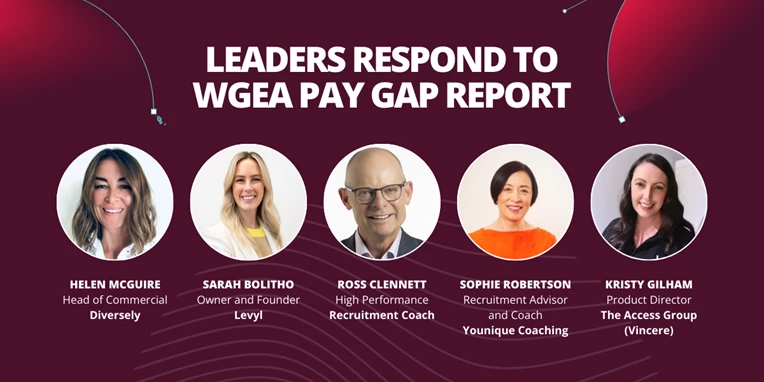How Covid Has Boosted the Australian Recruitment Industry
Understanding the impact of the Covid years of 2020 and 2021 will become clearer as time passes. But it seems Staffing and Recruitment in Australia has emerged as a stronger and more sophisticated industry.
Certainly, the industry has grown. Not only have many individual recruitment agencies recorded best-ever revenues and profits, SIA estimate the Australian industry size in 2021 to be US$28.5B*, the sixth largest globally. Importantly, the local industry is well on the way to rebuilding substantial locally owned companies after the numerous international acquisitions of the past decade. For a while, it seemed Australia would become a branch office for international companies.
So what else has changed and how is the recruitment industry better for it?

The Business of Recruitment
Possibly the greatest change to Australia’s thousands of recruitment agencies has been from the hard learned lessons from 2020 and 2021. Many organisations have thrived, and many leaders have excelled when faced with extreme challenges to their business.
From HHMC’s perspective, we have seen the broader aspects of running a business, the “business of recruitment” become the focus. After approximately 30 years of mostly stable and uninterrupted growth, the conservative environment of recruitment was upended.
This went beyond a deep focus on revenue and expenses, although in the early days of Covid that was a priority and continues to need attention.
For many recruitment agencies, every process with candidates and clients required adjustment. Inflexible recruitment processes (“the way we do things around here”) required reworking immediately. Those organisations that had invested wisely in their staff reacted quickly to the uncertainty and thrived.
Working away from the office and dealing with candidates and clients remotely tested most organisations. From conversations, it seems those that had strict top-down processes for in-office job training and coaching felt the greatest change. It was very different to motivate staff working away from the office. Internal staff needed to be engaged, trusted, trained and coached, and given the tools to succeed. And this happened while clients and candidate were looking for guidance from recruitment agencies on how they could manage this themselves.
Innovative Business Solutions
The rigid, conservative model of recruitment that many agency leaders have followed has softened. There is a clear rise in the solutions that agencies are offering their clients. Even the smallest agencies are offering solutions to their best clients that go beyond a placement fee, offering partnership models for solving a client’s business challenge. SIA’s “Workforce Solutions Ecosystem” is recommended reading.
Staffing shortages have also broken-down barriers. Innovative methods of attracting talent into the industry, either as graduates or with sector experience, have risen quickly and are supported by genuine attention to onboarding and L&D programs.
Additionally we’re seeing a rise in partnership arrangements with offshore recruitment services organisations such as IMS People. Once the preserve of the largest companies, this model is now working successfully for all levels of agencies from start-ups onwards.
Technology, technology, technology
For years we’ve been reading about the massive investment in HR Tech, measured in $billions, albeit usually in articles that are confidently predicting the demise of the recruitment industry.
The local HR Tech space received a boost recently. Not long after The Access Group brought both FastTrack and Vincere into their stable, ASX-listed AD1 has acquired Scout Talent Group for a reported $65M.
And SIA have released a report listing the 72 “unicorns” in the HR Tech space – those defined as having a valuation greater than $1B. The list included two from Australia, and ten across Asia Pacific. It is a big and active sector.
Technology is an essential partner to a recruitment agency and a core competency for future success. It is difficult to imagine competitiveness and compliance being met without purposeful, integrated, well-implemented technology.
Rising Barriers to Entry
Finally, we’re seeing the barriers to entering the industry on the rise. Licensing, compliance, evolving technology, and legislative adjustments make for a more sophisticated industry. Those succeeding are more professional, managing better businesses, and providing innovative solutions to candidates and clients.









